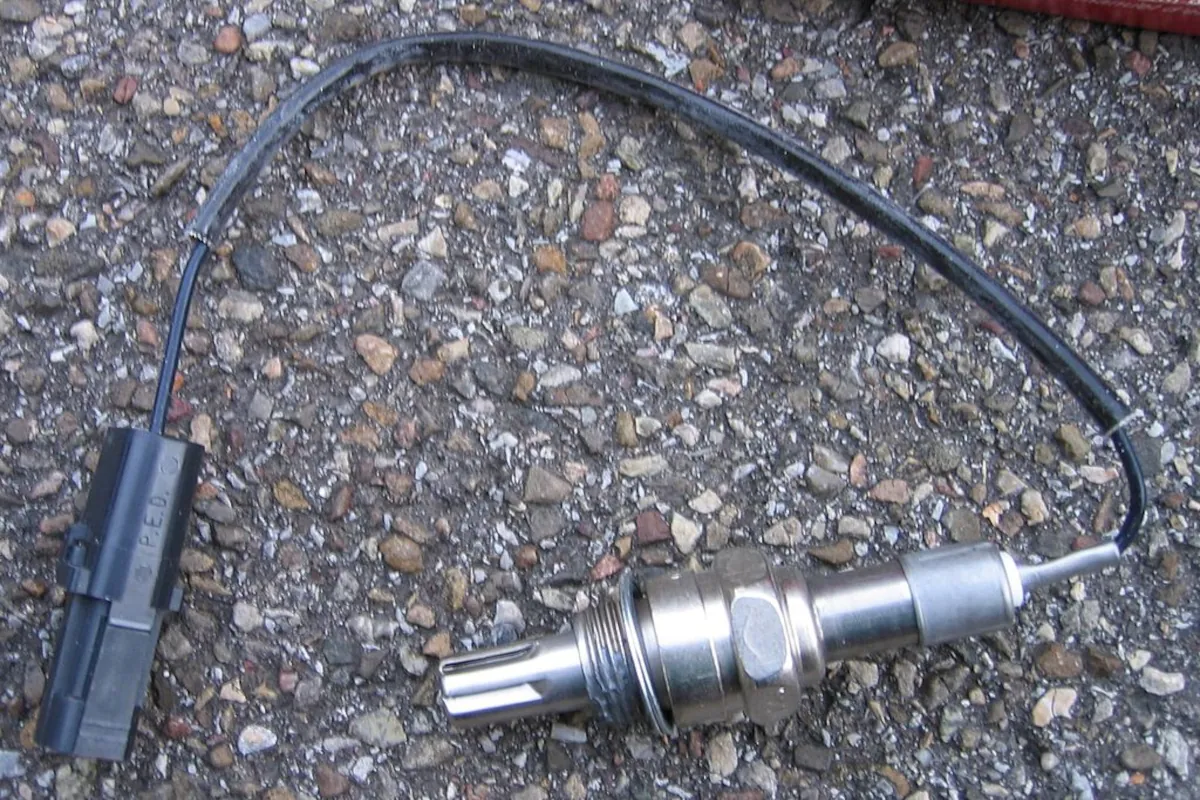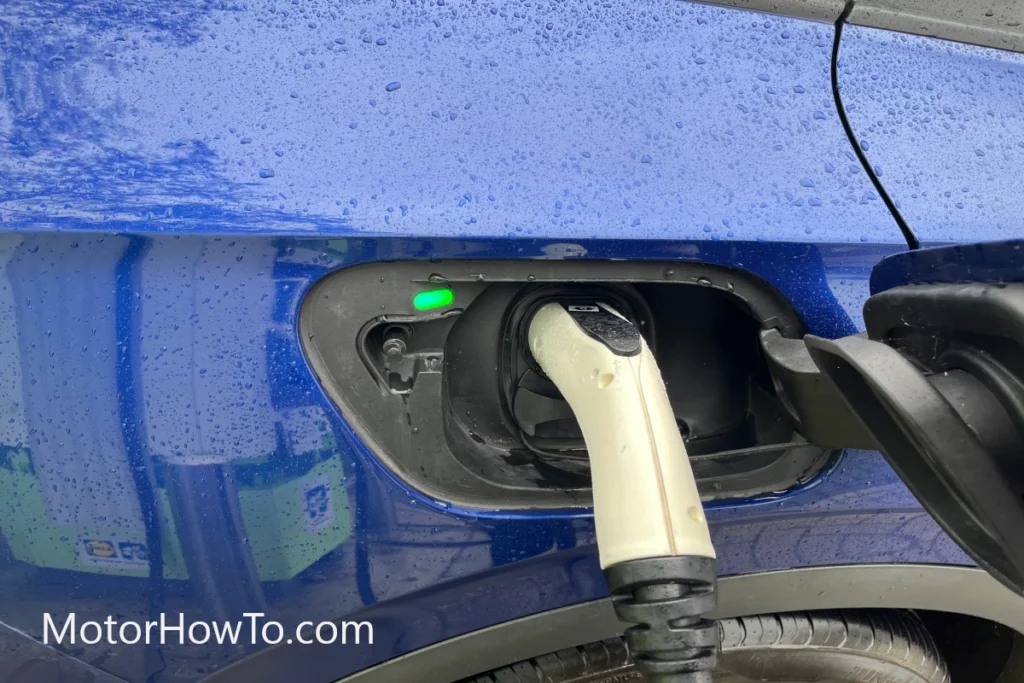The O2 (Oxygen) sensor in your car is usually an afterthought, but it is actually a very important component of the entire vehicle because it ensures that the engine is running at top performance. That is why replacing the sensor is important when it comes to your engine’s overall health.
However, why is it that the car is still running rough after replacing the O2 sensor?
Here’s why my car running rough after replacing 02 sensor
In most cases, the car will still run rough after replacing the O2 sensor because you forgot to reset the ECU. That is because the ECU would have to gather new information coming from the new O2 sensor instead of using the information of the old sensor. This is why resetting the ECU is important.

Resetting the ECU is vital when it comes to replacing the O2 sensor because you cannot overstate how important the communication between the ECU and the O2 sensor is when it comes to how the O2 sensor and the engine works.
As such, it is equally important for you to know exactly what the O2 sensor does so that you can understand why resetting the ECU is a vital step.
Do you have to do anything after replacing the O2 sensor?
Not a lot of people understand how important a car’s O2 sensor is. However, the fact is that this is a very important component of the vehicle because it has a vital role in making sure that the entire vehicle is running at its best.
What the O2 sensor does is that it keeps track of the emissions in check while also making sure that the engine is running at top performance. It does so by determining the amount of oxygen in the gas emitted by the engine so that it can allow the vehicle to function efficiently.
In a more in-depth way of looking at things, you need to understand that gas-powered engines need oxygen when they are burning gasoline. The O2 that is in the engine can be a product of different things such as altitude, engine temperature, air temperature, and overall load on the engine. In most cases, the ideal oxygen and gasoline ratio should be 14:7:1, but it can vary from time to time depending on what type of gas your car uses.
When there is more oxygen burned by the vehicle, the mixture uses a lean mixture. Meanwhile, a rich mixture means that the oxygen burned is less than the ideal ratio. Both instances can be bad for your car because of how the performance of the vehicle decreases. On top of that, lean and rich mixtures both produce more pollutants.
So, what the O2 sensor does is that it creates a voltage after it has detected how much oxygen is burned by the engine. From there, the O2 sensor will send the voltage to the ECU, which will determine how much fuel to expend based on the amount of O2 burned by the engine. So, in a basic sense, the O2 sensor is what communicates to the computer how much it needs to adjust so that the car can perform at a good level based on the oxygen that is used in the combustion.
Now, if your O2 sensor isn’t working well, it is best that you replace it as soon as possible so that you can allow your engine to work at its top level based on how much oxygen it is burning. However, after replacing the O2 sensor, do you need to do anything else?
As a matter of fact, you still need to do something else after replacing the O2 sensor in your car. What you need to do is to reset the ECU so that it will now adjust to the new O2 sensor that replaced the old one.
If you want to understand why there is a need to reset the ECU, you need to go back to how the O2 sensor and the ECU work with one another. When the O2 sensor creates a voltage after reading the O2 levels in the engine, what it does is that it sends this voltage to the ECU, which the ECU will now decode and use so that it can automatically adjust the fuel that the engine should burn, depending on how much O2 the engine is burning.
So, if you don’t reset the ECU, the information it will be using will still be based on the old O2 sensor prior to the replacement. By resetting it, you are now allowing the ECU to use the values that are based on what the new O2 sensor is using.
Why is my car running rough after replacing the O2 sensor?
If you replaced a bad O2 sensor that was making your car run badly, why is it that your car is still running rough after replacing the old O2 sensor with a new one? The answer is actually simple: you forgot to reset the ECU.
As mentioned, resetting the ECU is important when it comes to replacing the O2 sensor because you have to allow the ECU to adjust to the new O2 sensor. If you do not reset the ECU, it will still adjust how much fuel the engine is burning based on the readings of the old O2 sensor.
So, if it is using the readings of the old O2 sensor, it will only mean that your car will run rough because your old O2 sensor was not even working properly. That is because the ECU won’t be able to properly adjust how much fuel your engine should burn with respect to the amount of oxygen the engine is using for combustion.
For those who want to know how to reset the ECU, here is what you need to do:
- Open the fuse panel found in the driver’s side just under the steering wheel. Pull it down using your fingers.
- Look for the fuse for the ECU by looking at the fuse diagram found on the cover of the fuse panel. You can also refer to your owner’s manual.
- Use the fuse pullers found in the fuse panel to pull the fuse for the ECU.
- After that, turn the car’s ignition on but do not start the engine.
- Wait for a few minutes, and then put the fuse back in place. When the “check engine” light blinks for a while and then shuts off, this means that your ECU has been reset successfully.
How long does it take for a new O2 sensor to work?
In most cases, it won’t take long for your O2 sensor to work after you have reset the ECU. Try driving for a while so that the O2 sensor will start to read the oxygen levels burned by the engine. It might take a few minutes for the O2 sensor to start sending signals to the ECU.
As such, it is best to use your car right after replacing the O2 sensor so that the sensor will start to read the oxygen levels burned by the engine through combustion.
Sources
IDLE STILL NOT SMOOTH AFTER O2 SENSOR REPLACEMENT



